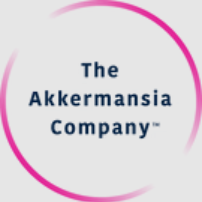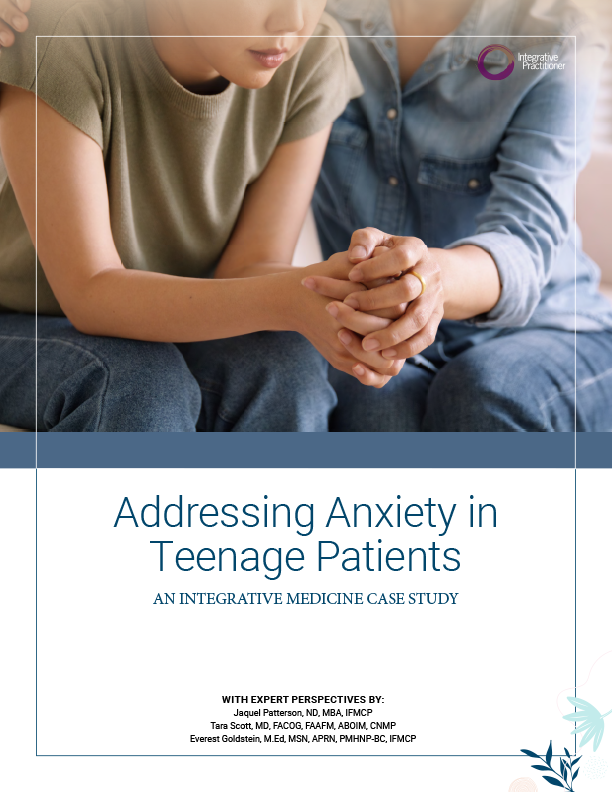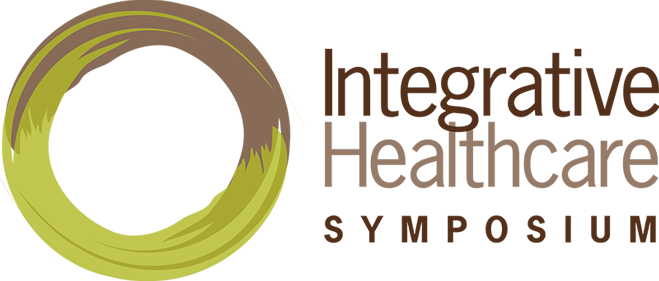Consumers drive integrative medicine popularity in mainstream healthcare system, AHA says
By Katherine Shagoury
 When it comes to complementary and alternative medicine gaining favor in the healthcare industry, the driving force behind the movement is largely the patients themselves, according to a December 14 article published by the American Hospital Association.
When it comes to complementary and alternative medicine gaining favor in the healthcare industry, the driving force behind the movement is largely the patients themselves, according to a December 14 article published by the American Hospital Association.
Alternative care programs, such as Reiki and tai chi, have gained acceptance in the general public, and a growing number of hospitals are adding such integrative therapies to their menu of services. One main reason is because patients are increasingly requesting these services, and providers are being forced to deliver, the AHA says.
Another reason could be the growing acceptance of nonconventional therapies as an adjunct to traditional medicine. In addition to Reiki, clinicians are incorporating complementary therapies, including acupuncture, yoga, massage therapy, and meditation.
AHA Defines Integrative Healthcare
Alternative medicine: A non-mainstream practice used in place of conventional medicine.
Complementary medicine: A non-mainstream practice used in conjunction with conventional medicine.
Integrative medicine: Conventional and complementary approaches used together in a coordinated way.
How these services are offered varies greatly depending on hospital size, region, and other factors. Some hospitals have comprehensive outpatient integrative medical centers, whereas others offer specific integrative services into inpatient care. Regardless of the service model, providers often run into reimbursement challenges for integrative procedures and programs. Insurers are increasingly covering acupuncture (click here for a recent article on the subject), and some cover massage therapy. But other practices are not covered and, therefore, patients pay for them out of pocket. In some cases, often in the inpatient setting, the services are offered free of charge. Comprehensive outpatient centers operate at a high cost, and some are financed with the help of philanthropy, according to the AHA.
Skepticism of alternative medicine exists, especially in the hospital setting, though the opportunities are endless. Complementary therapies could potentially shorten a patient’s length of stay and reduce need for pain medication. In addition, care experience could be improved.
Ana Drexler, R.N., director of integrative services and palliative care at Portsmouth Regional Hospital in New Hampshire said during an interview with the AHA that creating a “healing environment” is an integral part of quality patient care. For example, Reiki decreases patient’s anxiety and boosts the immune response.
Though Portsmouth hasn’t compared lengths of stay, pain medication use, or patient satisfaction among patients who received complementary therapies and those who did not, surgical patients receiving Reiki were asked to rate their anxiety and pain before and after their procedure in a voluntary survey. Patients almost unanimously reported a decrease in both, says Drexler, who advises hospitals considering implementing complementary techniques to keep its focus on patient care.
The healthcare industry is calling for consumers to have a more active role in their health and wellness, and more and more are growing skeptical of pharmaceutical medications, thanks in part to highly publicized negative side effects. Integrative care providers can combine traditional medicine with complementary therapies, which is an attractive option for patients who are unfamiliar with nontraditional medicine and for providers with an interest in providing it.
















